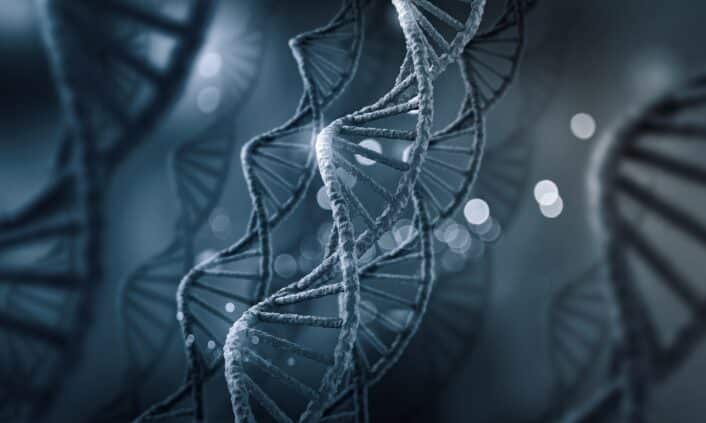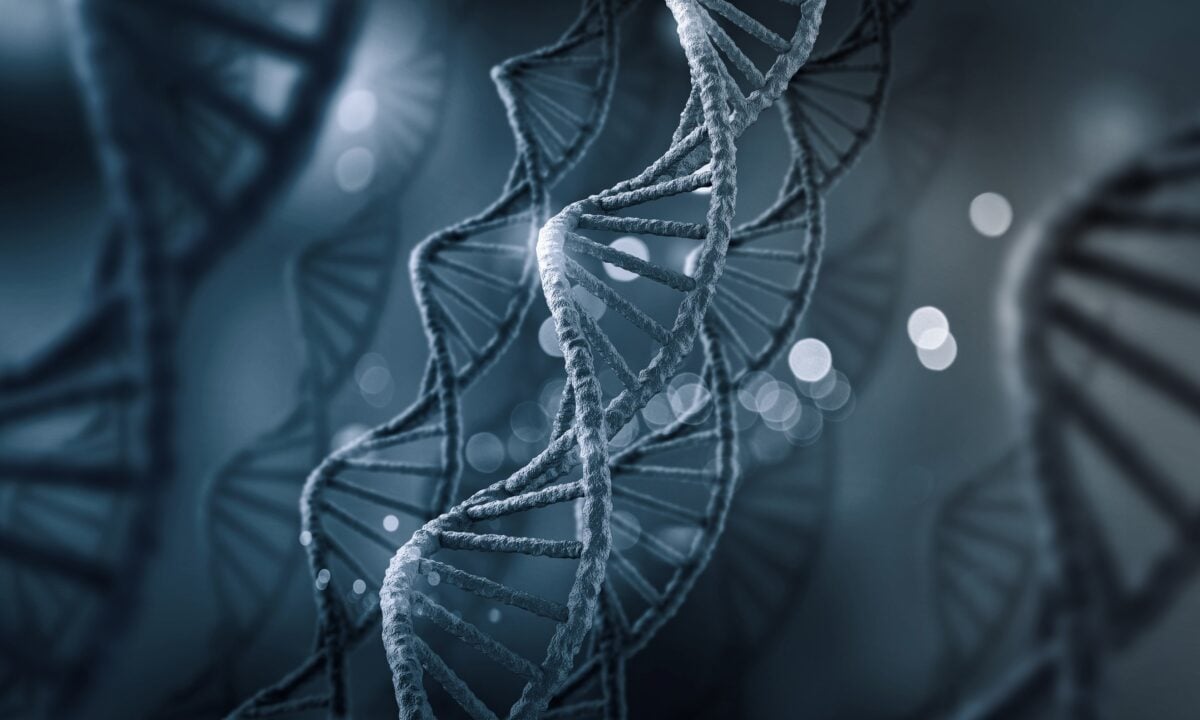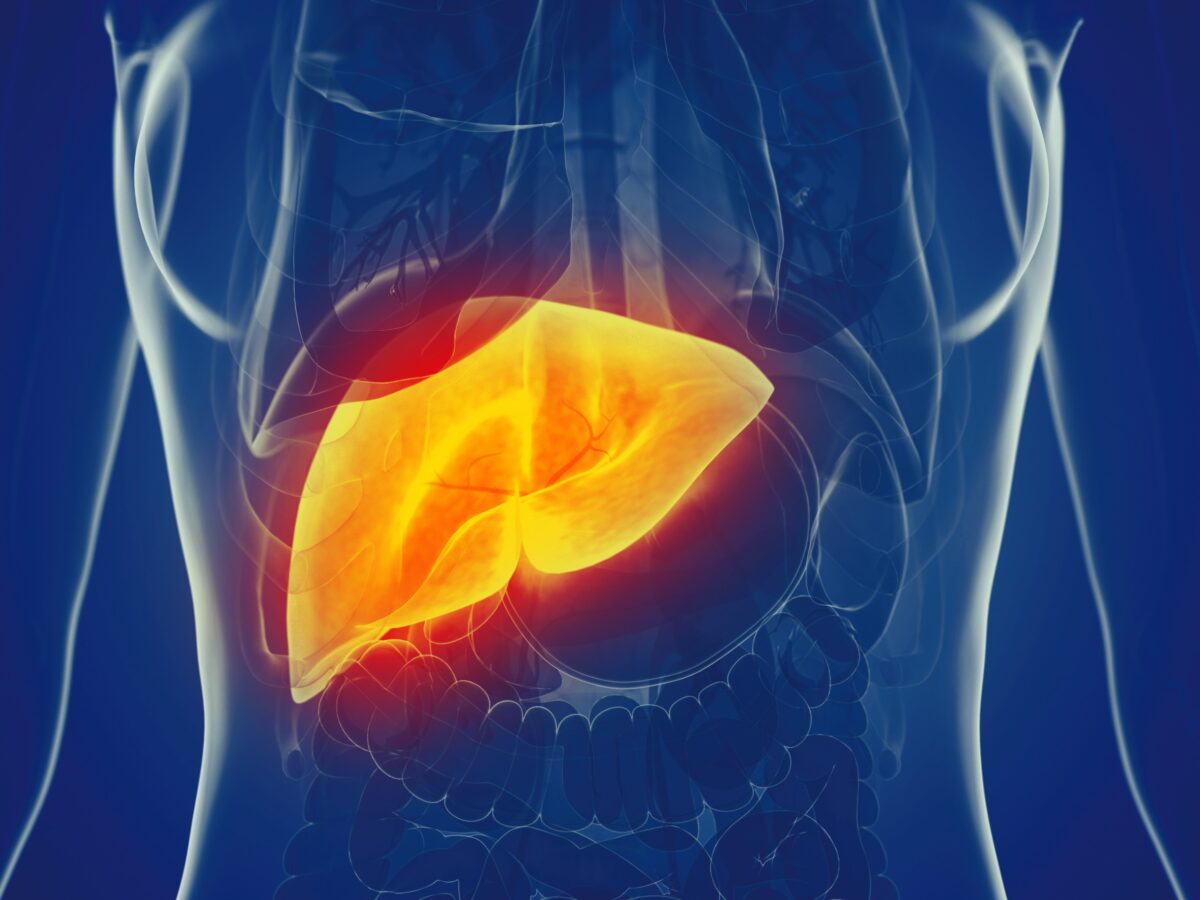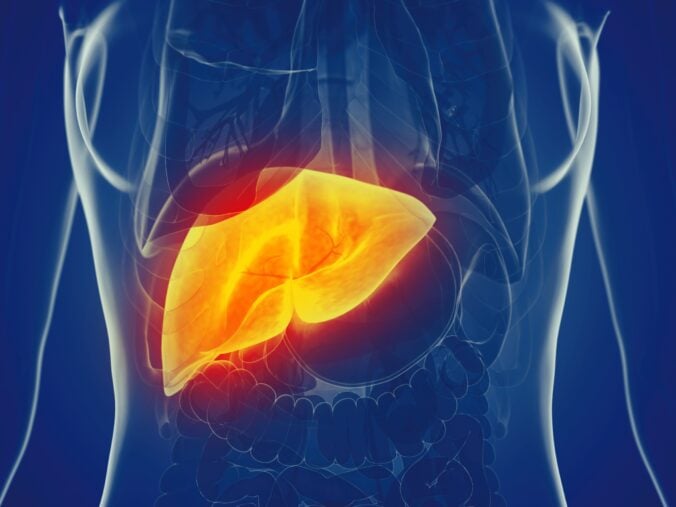The Genetics of Cystic Fibrosis: Causes, Symptoms, and Treatments
Aira
on
October 3, 2024

Disclaimer: This article is for informational purposes only and is not intended to diagnose any conditions. LifeDNA does not provide diagnostic services for any conditions mentioned in this or any other article.
Cystic fibrosis (CF) is a life-changing condition that affects thousands of people around the world. Characterized by thick, sticky mucus that can clog the lungs and digestive system, CF is often diagnosed in early childhood, setting the stage for a lifetime of managing its symptoms.
But what causes this chronic condition, and why are some people more likely to develop it than others? The answer lies in our genes. Cystic fibrosis is a genetic disorder, meaning it’s passed down from parents to their children through specific mutations in the CFTR gene.
Understanding the genetic roots of CF not only sheds light on why it occurs but also paves the way for better treatment and management options.
What is Cystic Fibrosis?
Cystic fibrosis (CF) is a genetic disorder that affects the body’s ability to produce certain fluids, such as mucus, sweat, and digestive juices. These fluids are normally thin and slippery, but in people with CF, they become thick and sticky due to mutations in the CFTR (cystic fibrosis transmembrane conductance regulator) gene.
This gene is responsible for regulating the movement of salt and water in and out of cells, and when it malfunctions, secretions thicken and they can build up in organs like the lungs and pancreas.
The accumulation of sticky mucus in the lungs can block airways, making breathing difficult and increasing the risk of lung infections. In the digestive system, thick mucus can obstruct the pancreas, preventing enzymes from breaking down food properly, and leading to malnutrition and digestive issues. CF symptoms vary widely in severity, with some people experiencing more respiratory problems and others facing more digestive challenges.
The genetic nature of CF requires that a person must inherit two defective copies of the CFTR gene, one from each parent, for the condition to manifest. Understanding this genetic basis helps in understanding why certain individuals are at risk and guides ongoing research for targeted therapies aimed at improving the quality of life of those affected.
Inheriting the CFTR Gene
CF develops when a person inherits two faulty copies of the CFTR gene, one from each parent. The CFTR gene provides instructions for making a protein that regulates the movement of salt and water in and out of cells, particularly in the lungs and digestive system.
When certain mutations occur in both copies of the CFTR gene, the resulting CFTR protein does not function properly, or may not be made at all, leading to problems with salt and water balance in the body.
The defective CFTR protein disrupts the normal flow of chloride ions and water across cell membranes, causing mucus, sweat, and other fluids to become thick and sticky. In the lungs, this thick mucus builds up and clogs the airways, making breathing difficult and creating an environment where bacteria can grow, leading to chronic lung infections.
In the digestive system, the mucus can block the pancreatic ducts, preventing digestive enzymes from reaching the intestines to break down food, which affects nutrient absorption and leads to malnutrition.
The severity of CF symptoms depends on the specific CFTR mutations inherited. Some mutations result in a complete loss of CFTR function, while others cause a partial defect. Understanding these genetic factors helps guide treatment strategies, as certain therapies are designed to address specific types of CFTR mutations.
What are the Symptoms of Cystic Fibrosis?
CF is a complex condition with symptoms that can vary in severity from person to person, often depending on the specific genetic mutations involved. Because the disorder primarily affects the lungs and digestive system, most symptoms are related to these areas. Here are the key symptoms of cystic fibrosis:
- Chronic Cough: Persistent coughing with thick mucus production is common, as mucus buildup in the lungs can block airways.
- Frequent Lung Infections: Recurring respiratory infections, such as bronchitis or pneumonia, can occur due to the trapped mucus providing an environment for bacteria to thrive.
- Shortness of Breath and Wheezing: Difficulty breathing and wheezing may result from obstructed airways caused by the thick mucus.
- Digestive Problems: Blockages in the pancreas can prevent digestive enzymes from reaching the intestines, leading to symptoms such as abdominal pain, bloating, and gas.
- Poor Weight Gain and Growth: Malnutrition and difficulty absorbing nutrients due to digestive issues can lead to slow weight gain and stunted growth in children.
- Salty-Tasting Skin: People with CF often have sweat that contains higher-than-normal levels of salt, a telltale sign of the disorder.
Understanding these symptoms helps those with CF and their families manage the condition more effectively, paving the way for better health outcomes through tailored lifestyle choices and treatments.
Recent Studies on Cystic Fibrosis
The National Heart, Lung, and Blood Institute (NHLBI) is actively supporting cutting-edge research on genetic therapies to treat CF. Researchers are focusing on developing advanced gene delivery methods that can more effectively deliver a corrected gene to lung cells.
They are also working to refine these therapies in the lab to ensure they are as effective as possible before advancing to clinical trials. Through the NIH’s Somatic Cell Genome Editing (SCGE) Program, the NHLBI supports studies aimed at repairing the CF gene using new genetic approaches.
Gene Editing
One approach involves using CRISPR gene editing technology to correct defective genes in the cells that line the airways. This could potentially lead to new treatments for both genetic and acquired lung conditions.
Researchers are also developing a method that combines different delivery techniques, including viral and non-viral CRISPR tools, to specifically target and edit the genes in the lung cells of people with CF.
To better understand the challenges in using gene editing to cure CF, the NHLBI partnered with the Cystic Fibrosis Foundation in a 2018 workshop. A follow-up workshop in 2020 explored further opportunities for advancing these therapies.
Exploring New Molecular Treatments
Besides CRISPR, NHLBI research also focuses on finding new ways to restore the CFTR protein’s function in people with CF, especially for those who don’t respond to current treatments.
Improving Treatment Delivery with Nanoparticles
Scientists are developing virus-inspired nanoparticles that can more effectively deliver gene editing tools through the thick mucus associated with CF. This approach aims to improve the effectiveness of genetic therapies for the condition.
Who is Most at Risk of Developing Cystic Fibrosis?
People with a family history of cystic fibrosis are at a higher risk, particularly if both parents are carriers of the CFTR gene mutation i.e. if they have one copy of the mutated gene and one unaffected copy. When two carriers have children, there is a 25% chance with each pregnancy that the child will have cystic fibrosis, a 50% chance the child will be a carrier and a 25% chance the child will neither have the disease nor be a carrier.
CF is most commonly found in individuals of Northern European descent, with around 1 in 2,500 to 3,500 newborns affected. However, it can also occur in other populations, albeit less frequently, including 1 in 17,000 African Americans and 1 in 31,000 Asian Americans. Understanding these genetic risks can help families make informed decisions about genetic testing, family planning, and early detection of the condition.
What is the Prognosis for Cystic Fibrosis?
The prognosis for CF has improved significantly over the past few decades, thanks to advancements in treatment and early diagnosis. While CF remains a serious, chronic condition, individuals are now living longer, healthier lives than ever before. The average life expectancy for someone with CF has increased to about 44 years in the United States, with many reaching adulthood and leading active lives.
However, the outlook can vary depending on the severity of the condition, the specific gene mutations involved, and how early treatment begins. Lung function tends to decline over time due to persistent infections and inflammation, which can eventually lead to respiratory failure if not managed effectively.
Regular treatments, including airway clearance techniques, inhaled medications, and newer CFTR modulator therapies, have greatly helped in slowing disease progression. Nutritional support is also crucial, as digestive problems can affect growth and overall health. Maintaining a healthy weight and preventing malnutrition can improve outcomes and quality of life.
Despite these improvements, cystic fibrosis remains a progressive disease without a cure. Lung transplants are an option for advanced cases, but they come with risks. Continued research on genetic therapies and new treatments offers hope for even better long-term outcomes in the future.
Available Treatments for Cystic Fibrosis
Available treatments for CF focus on managing symptoms, slowing disease progression and improving quality of life. While there is currently no cure, various therapies target different aspects of the condition to help individuals maintain lung function and overall health.
Airway Clearance Techniques (ACTs)
Regular use of ACTs helps to loosen and remove thick mucus from the lungs, reducing the risk of infections and improving breathing. Techniques include chest physiotherapy, breathing exercises, and mechanical devices that create vibrations to dislodge mucus.
Inhaled Medications
Several inhaled therapies are used to open the airways, thin the mucus, and reduce inflammation. Bronchodilators help relax the muscles around the airways, while mucus thinners, such as hypertonic saline, help clear the mucus. Inhaled antibiotics may also be prescribed to treat or prevent chronic lung infections.
CFTR Modulator Therapies
These advanced drug treatments directly target the defective CFTR protein, aiming to correct its function at a molecular level. CFTR modulators, such as ivacaftor, lumacaftor, and tezacaftor, have shown promise in improving lung function and reducing symptoms in patients with specific genetic mutations. However, not all individuals with CF benefit from these treatments, as their effectiveness depends on the specific CFTR mutation.
Nutritional Support
Because CF can impair nutrient absorption, maintaining proper nutrition is crucial. Enzyme supplements are taken with meals to aid digestion, and high-calorie diets rich in fat-soluble vitamins (A, D, E, and K) are often recommended. This helps prevent malnutrition and supports growth, especially in children.
Antibiotic Therapy
Oral, inhaled, or intravenous antibiotics are used to treat and prevent respiratory infections, which are common in people with CF due to the buildup of thick mucus.
Lung Transplant
For individuals with severe lung damage or respiratory failure, a lung transplant may be considered. While this procedure can significantly improve quality of life, it is not without risks and requires lifelong medical management.
Targeted Therapies
Emerging targeted molecular treatments, including gene therapy and new CFTR modulators for additional mutations, continue to be explored, offering hope for more effective management and potentially curative options in the future.
Ways to Manage Cystic Fibrosis
Managing cystic fibrosis (CF) involves a comprehensive approach that addresses the respiratory, digestive, and overall health aspects of the condition. While treatments aim to alleviate symptoms and improve quality of life, proactive management strategies are essential for slowing disease progression and preventing complications.
Respiratory Care
Keeping the airways clear of thick mucus is a cornerstone of CF management. Regular use of airway clearance techniques (ACTs), such as chest physiotherapy, postural drainage, and breathing exercises, helps to loosen and remove mucus from the lungs.
Mechanical devices like high-frequency chest wall oscillation vests can also aid in dislodging mucus. Inhaled medications, including bronchodilators and mucus thinners (e.g., hypertonic saline), are often used to open the airways and make mucus easier to expel. Additionally, inhaled antibiotics may be prescribed to treat or prevent chronic lung infections.
Nutrition and Digestive Health
Proper nutrition is critical for individuals with CF, as the disease can impair the absorption of nutrients. Enzyme replacement therapy helps improve the digestion of fats, proteins, and carbohydrates by providing the digestive enzymes that the pancreas is unable to produce effectively.
High-calorie diets are applied, with an emphasis on nutrient-dense foods, to support growth, weight maintenance, and overall health. Supplements of fat-soluble vitamins are often needed due to their poor absorption from food.
Physical Activity
Regular exercise is beneficial for individuals with CF, as it helps enhance lung function, improve cardiovascular health, and clear mucus from the airways. Activities that focus on endurance, strength, and flexibility can be particularly helpful in maintaining respiratory and overall physical health.
Managing Lung Infections
Due to the thick mucus in the lungs, people with CF are more susceptible to bacterial infections. Preventive measures, including routine use of inhaled antibiotics and early treatment of symptoms, can help manage chronic lung infections. Vaccinations, such as the flu shot, are also recommended to reduce the risk of respiratory infections.
Emotional and Mental Health Support
Living with a chronic illness like CF can be challenging, and impact mental health. Counseling, support groups, and mental health services can help individuals cope with the stress and emotional impact of the condition.
Effective management of CF involves a combination of medical treatments, lifestyle adjustments, and emotional support to optimize health and improve quality of life.
Summary
- Cystic fibrosis (CF) is a life-changing genetic condition affecting thousands globally, characterized by thick, sticky mucus that clogs the lungs and digestive system.
- CF is diagnosed in early childhood and is caused by mutations in the CFTR gene, leading to the production of thick secretions in the body.
- The CFTR gene regulates salt and water movement in cells; when it malfunctions, it causes mucus buildup in the lungs and pancreas, leading to respiratory issues and digestive problems.
- A person must inherit two faulty CFTR gene copies (one from each parent) for CF to develop.
- Symptoms vary widely, including chronic cough, frequent lung infections, shortness of breath, digestive problems, poor weight gain, and salty-tasting skin.
- The National Heart, Lung, and Blood Institute (NHLBI) supports research on genetic therapies for CF, focusing on advanced gene delivery methods and genome editing techniques, such as CRISPR.
- Gene editing in CF aims to correct defective genes in airway cells, and ongoing workshops are held to identify challenges and explore new molecular treatments.
- People with a family history of CF, and particularly those with parents who are carriers, are at higher risk, typically among individuals of Northern European descent.
- The prognosis for CF has improved, with the average life expectancy now around 44 years due to advancements in treatments and early diagnosis, though the condition remains progressive and without a cure.
- Available treatments focus on managing symptoms and improving quality of life, including airway clearance techniques, inhaled medications, CFTR modulators, nutritional support, and antibiotic therapy.
- Managing CF requires a comprehensive approach, including respiratory care, nutrition, physical activity, infection management, and emotional support, to optimize health and enhance quality of life.
References
- https://www.mayoclinic.org/diseases-conditions/cystic-fibrosis/symptoms-causes/syc-20353700
- https://www.nhlbi.nih.gov/health/cystic-fibrosis/causes#
- https://www.cff.org/research-clinical-trials/basics-cftr-protein
- https://my.clevelandclinic.org/health/diseases/9358-cystic-fibrosis
- https://www.nhlbi.nih.gov/health/cystic-fibrosis
- https://www.nhlbi.nih.gov/health/cystic-fibrosis
- https://commonfund.nih.gov/editing#
- https://www.chp.edu/our-services/transplant/liver/education/liver-disease-states/cystic-fibrosis#https://medlineplus.gov/ency/article/000107.htm#https://www.urmc.rochester.edu/medialibraries/urmcmedia/childrens-hospital/pulmonology/cystic-fibrosis/documents/airwaytechniques.pdf
- https://www.nhs.uk/conditions/bronchodilators/#https://www.cff.org/managing-cf/cftr-modulator-therapies
- https://medlineplus.gov/antibiotics.html#https://www.mayoclinic.org/tests-procedures/lung-transplant/about/pac-20384754
- https://www.aurorahealthcare.org/services/heart-vascular/services-treatments/diagnosis-treatment-chest-lung/chest-physiotherapy#https://www.cff.org/managing-cf/high-frequency-chest-wall-oscillation-vest
- https://www.cff.org/managing-cf/mucus-thinners#


















